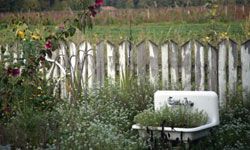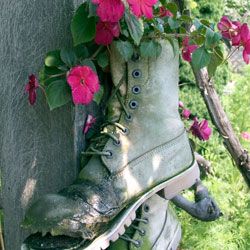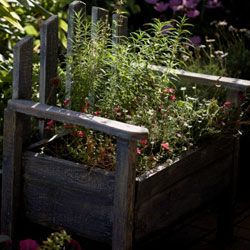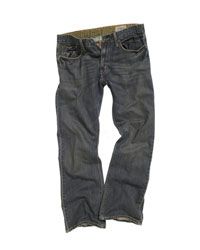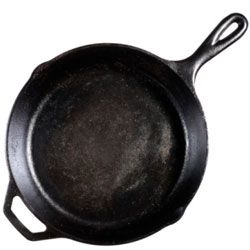We know -- working in a garden filled with the same old standard clay or plastic planters can get really boring. If you're dreaming of breathing a little more life into your greens, just look to the materials you already have in your home. Many household objects can be converted from useless clutter or trash into unique and creative planters. As long as it can support soil and allow for drainage, you can use almost anything. In fact, creating your own planters not only provides an opportunity for an enjoyable, hands-on project; it also helps the environment by recycling objects that might otherwise wind up in a landfill.
Flush your garden monotony away with the idea on the next page!
Advertisement

